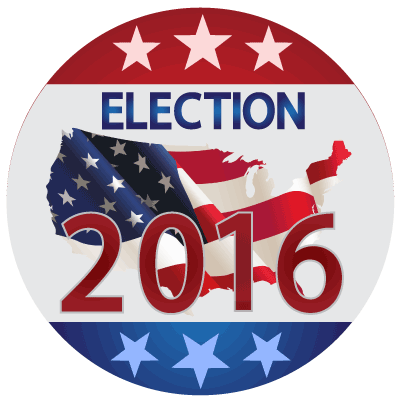 November 8 is Election Day in the United States. After all of the debates, commercials, advertisements and phone calls, voting in the local, state and national elections will soon be complete. How did you integrate the election into your classroom? What kinds of follow-up conversations will take place in the coming week? How will you discuss the election results? Check out these resources from NCTE and ReadWriteThink.org.
November 8 is Election Day in the United States. After all of the debates, commercials, advertisements and phone calls, voting in the local, state and national elections will soon be complete. How did you integrate the election into your classroom? What kinds of follow-up conversations will take place in the coming week? How will you discuss the election results? Check out these resources from NCTE and ReadWriteThink.org.
Listen about presidential elections in this podcast episode from ReadWriteThink.org.
Using a framework grounded in critical theory, the author describes how her first-grade students developed their literacy abilities while talking and writing about the a past presidential election in “Making Politics Primary: Exploring Critical Curriculum with Young Children“.
Students explore a variety of sources for information about voting in the lesson plan Voting! What’s It All About? They evaluate the information to determine if it is fact or opinion, and then create a graffiti wall about voting.
After researching political platforms of past presidents through primary sources and other resources, students create commercials for these presidents in Vote for Me! Making Presidential Commercials Using Avatars.
The author of “Spiritualizing English: Another Dimension of Literacy” argues for the necessity of civic literacy and responsibility, of educating students for citizenship. He urges educators to consider the visionary thoughts of James Moffett and others on spiritualizing teaching and learning—in particular, the idea of “[s]erving ourselves through serving our communities and redefining community in a global sense.”
Students analyze propaganda techniques used in pieces of literature and political advertisements in Propaganda Techniques in Literature and Online Political Ads. They then look for propaganda in other media, such as print ads and commercials.
In Analyzing the Stylistic Choices of Political Cartoonists, students explore and analyze the techniques that political (or editorial) cartoonists use and draw conclusions about why the cartoonists choose those techniques to communicate their messages.
The essay, “Literacy, Voting Rights, and the Citizenship Schools in the South, 1957–1970” examines the history of a massive literacy campaign called the Citizenship School Program that began as a response to the racist literacy tests that disenfranchised countless African American voters throughout the Southern United States between 1945 and 1965.
Rather than simply invoke citizenship as an ideal for their students to achieve, writing instructors should address the various possible meanings of the term, which represent divergent traditions of political thought as described in “In the Name of Citizenship: The Writing Classroom and the Promise of Citizenship“.

